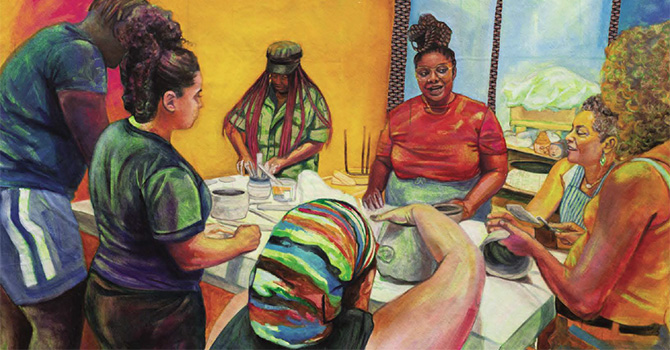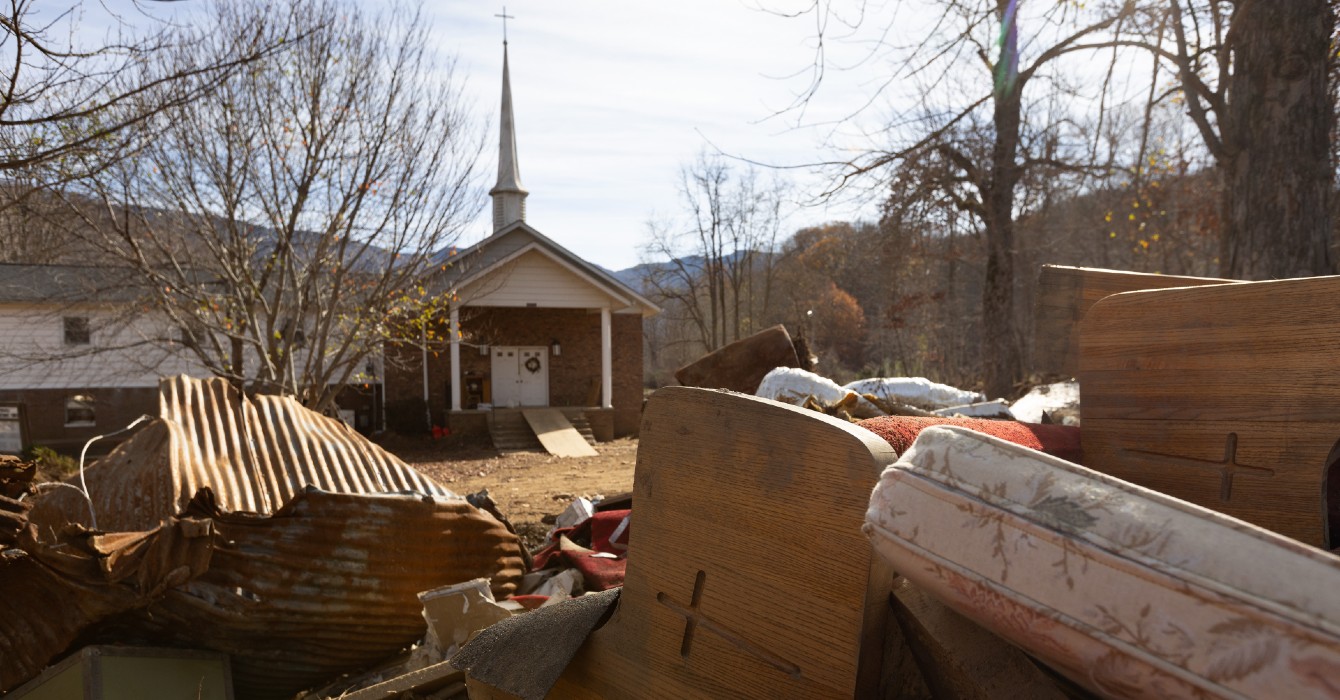“Can you remember the first time you felt a real sense of belonging?”
I asked a room of people to reflect on this question during a seminar focused on creating environments of belonging for students and colleagues. The question prompted me to pause and search within myself for the answer.
When my family moved from our home in a New York City to a small suburb in New Jersey, I had no idea what to expect. It was the late 1980s, and as a child, I was both excited and nervous about starting fresh in a new state and school. What would the people be like? Would they like me? Would I like living there?
When we arrived, it was clear that we were the only Black American family in a community largely of families from various backgrounds, both socially and economically. Although I recognized intellectually that I was different, when I look back on that time in my adolescence, I don’t remember feeling different.
I remember the families in that community looking out for me like I was one of their own, inviting me into their homes, feeding me at their tables, and making sure I was safe. I remember forming deep, lasting bonds with the kids in the neighborhood, playing until the streetlights came on and growing up, side by side. In those moments, I didn’t just live in that community; I belonged to it.
In an era of heightened criticism of and resistance to diversity, equity and inclusion initiatives, the language of belonging can offer a vital bridge across political and social lines. It doesn’t replace DEI work; it builds on and enhances it as DEI has done for other movements.
Long before DEI was part of our everyday language, people were working to ensure equal rights for all Americans. Though many of those efforts can be traced back to the 1800s, one of the most notable was the U.S. Civil Rights Act of 1964. Key initiatives around gender equality and the diverse needs of those of different religious or socio-economic backgrounds and sexual orientation were also a crucial part of the expanding work of inclusion.
More than five years ago, following the murder of George Floyd, the urgent call for racial justice and equity returned to the nation’s collective conscience. All sorts of DEI programs at various educational institutions, companies and organizations came about very quickly.
Though these programs were seemingly well-intentioned, I wondered at the time what the long-term vision was. Were they just knee-jerk reactions? We know now that some were, with no plan for sustainability and, in some cases, no sincere institutional commitment. Still, the work needed to be done, and many rose authentically and sincerely to the challenge of addressing systemic issues related to justice and inclusion.
The work of equality and inclusion has always been broad and ever-evolving. As times change, we adapt, grow and create movements that respond to the context. We did it in 2020, and we can rise to the occasion again in the social and political climate of 2025.
I remain committed to the work of diversity, equity, inclusion, justice, reconciliation and beyond, regardless of the label. At the same time, I am deeply focused on the bigger picture — the overarching vision behind this work. If DEI is the means, then what is the ultimate goal? Perhaps we can look to Scripture to give us a vision of what the greater purpose might be.
“The Spirit himself testifies with our spirit that we are God’s children” (Romans 8:16 NIV).
“[S]o in Christ we, though many, form one body, and each member belongs to all the others” (Romans 12:5 NIV).
Now more than ever, when people are isolated, weighed down by despair, and gripped by hostility, we need to be reminded that we belong to God and to one another. We have drifted into a society where it often feels easier to be against each other than to stand alongside one another, where suspicion and division too often take the place of compassion and connection.
The truth of our shared belonging becomes not just comforting but urgent in a world like this. This is not to say that the work of belonging will be immune from social or political pushback. The motivation to shift to the language of belonging isn’t about the outside as much as it is a sign that the work of inclusion has evolved — and those who do the work have evolved with it, to respond to our current climate and to meet the needs of the people where they are.
The vision of belonging reflects our deepest human need, which is to be seen, known and valued. This is essential for the church as it seeks to embody Christ’s call to welcome all people. Belonging transcends partisanship and reminds us that the gospel itself calls us into radical community. A mindset of belonging can help churches, schools and organizations create spaces where every person feels they truly matter.
With this vision in mind, we continue to do the work of spiritual formation and discipleship. We continue our efforts for diversity, equity and inclusion. We continue the work of service and community building. We continue the work of reconciliation, harmony and civility.
Our mission remains steadfast even as it grows, and our vision continues to widen — embracing every individual without exception, ensuring that no one is left on the margins, no matter who they are.
The vision of belonging reflects our deepest human need, which is to be seen, known and valued. This is essential for the church as it seeks to embody Christ’s call to welcome all people.






















